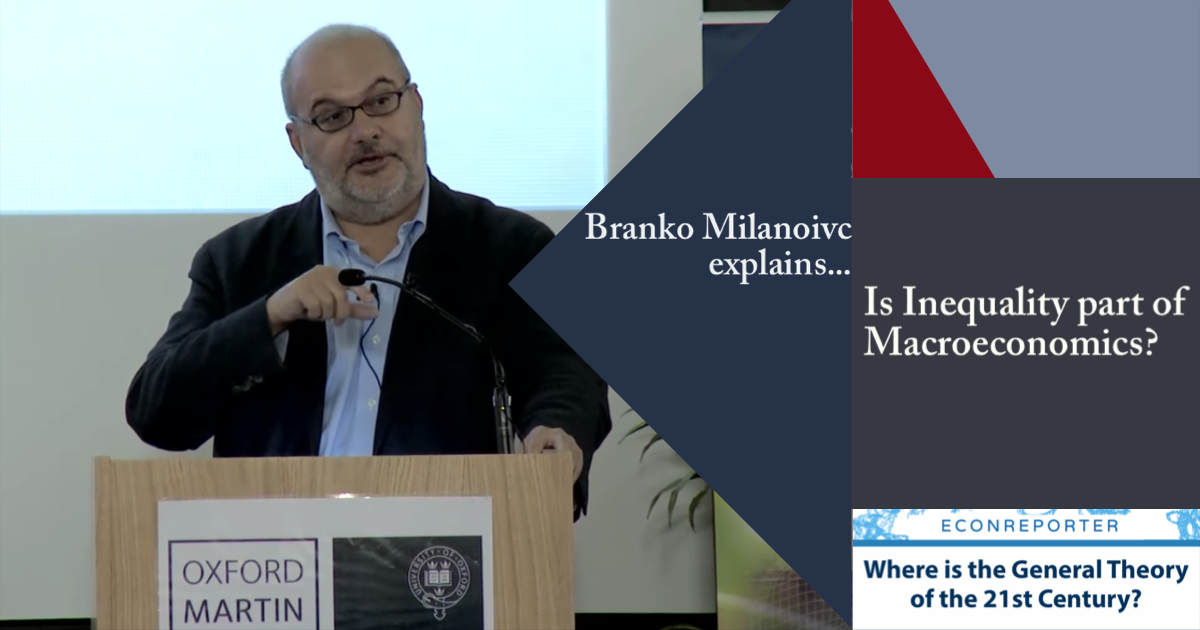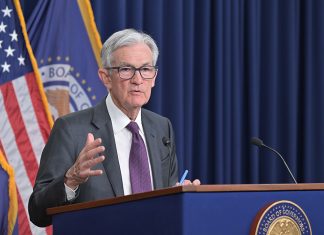Hold on, Bank of England: The Fed is not so different from you on...
The Bank of England on Thursday released its latest Monetary Policy Report, announcing its decision to lower its policy rate by 25 bps to 4%. The report contains a lot of excellent analysis, including on the recent rise in food prices, the effect of trade war as well as a review of its quantitative tightening policy.
But one thing, a comparatively much less important thing, in the review just stuck in my mind...
The repo spike is not liquidity crisis; it is a crisis for Fed’s floor...
The floor system needs a cap on top of it. The sooner the Fed realizes it, the better they will be prepared for the coming financial turmoil.
Why Negative Rate is a better policy tool to Higher Inflation Target? Bernanke Explains…
In his latest Brookings blog post "Modifying the Fed’s policy framework: Does a higher inflation target beat negative interest rates?", Ben Bernanke compares two...
Is Inequality part of Macroeconomics? | Interview with Branko Milanovic |
Branko Milanovic discusses whether the study of inequality can be considered as part of macroeconomics and how should macroeconomists incorporate his idea of Kuznets Waves into their models.
Should Federal Reserve use scenario analysis to handle trade war uncertainty?
The Fed is currently in a "wait and see" mode in deciding what is the reaction to Trump's trade policy. But is it possible for the Fed to be a bit more proactive than merely saying "we will be able to update you further when we know more details"?
Enters scenario analysis.
Why hadn’t Federal Reserve rescued Lehman Brothers in 2008?
This week, the trio who was directly responsible for the decision to let Lehman fail – Bernanke, Tim Geithner (then New York Fed President), and Hank Paulson (then Treasury Secretary) – joined together at a panel held by Brookings Institution and spoke about the lessons they had learned from the crisis.
Integrating Psychology with Economics | Q&A with Hersh Shefrin & Shlomo Benartzi
In celebration of Richard Thaler's prize lecture for his 2017 Nobel prize, we interviewed two of his best co-authors -- Hersh Shefrin and Shlomo Benartzi -- to discuss the future of behavioral economics.
The Fed’s Interest Rate Policy Regime – Corridor System or Floor System
The Fed has changed it interest rate policy regime since 2008, from the so-called Corridor system, to the Floor system it is using right now. What is the different?
Akerlof on Keynesian-neoclassical synthesis’s departure from Keynes
George Akerlof explains how the Keynesian- neoclassical synthesis dominated the field, and what problems this dominance resulted.
FedSpeak Might Not Have Much Effects on Public’s Inflation Expectation
In a recent NBER working paper "Monetary Policy Communications and their Effects on Household Inflation Expectations", economists Olivier Coibion, Yuriy Gorodnichenko and Michael Weber tried to find out how the household's expectation for inflation change with regard to the information they received.
















